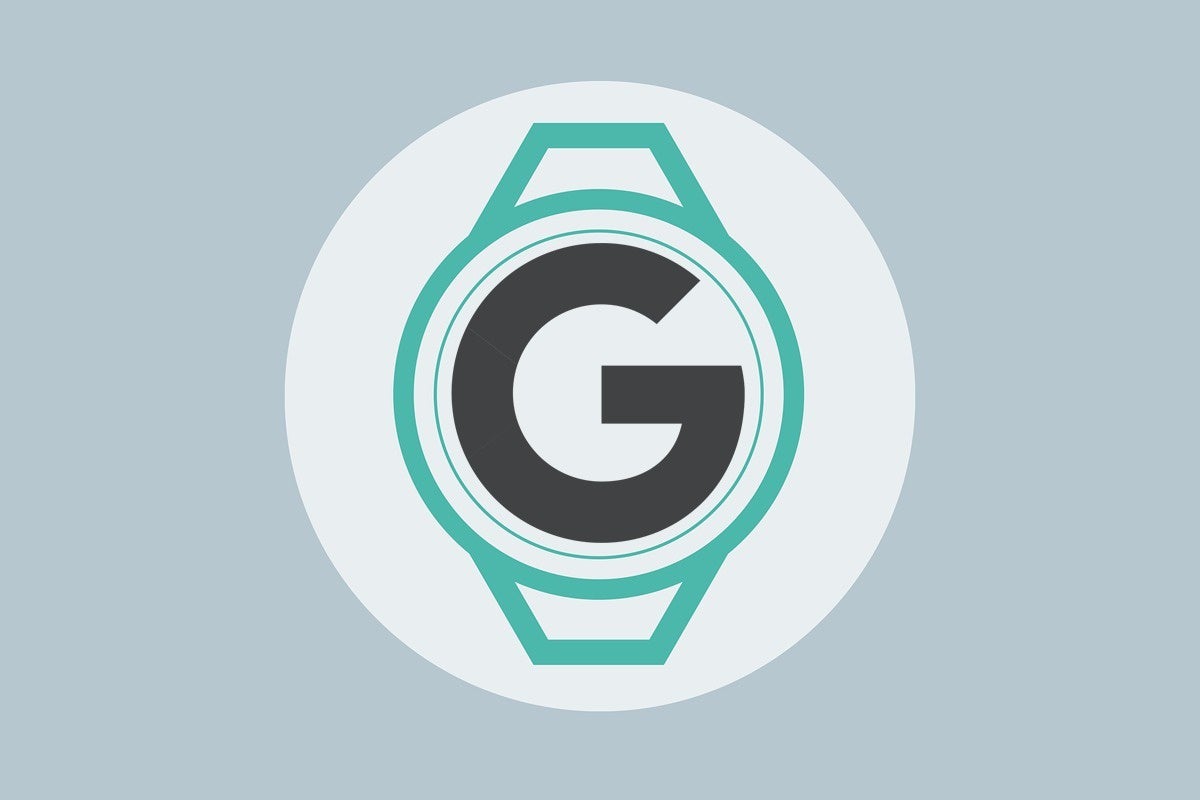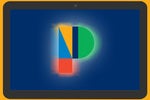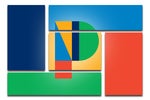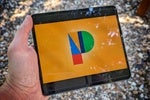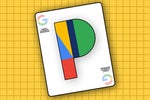If we're going to talk about a Pixel Watch, we need to get one thing straight right out of the gate: All signs suggest there is no Pixel Watch — not yet, anyway. As of this moment, there's no reason to believe Google has any such product prepared to launch at its Oct. 15 hardware event. In fact, recent reports say a Pixel Watch isn't on the agenda at all for this year — period.
But hang on: That isn't the end of the story. It's actually just the beginning.
Those same reports, y'see, also tell us a Pixel Watch was ready to be released three years ago, at Google's first-ever Pixel-branded hardware hoedown in 2016. The company apparently had two LG-manufactured watches on its hands but decided to scrap 'em at the last minute, as they were deemed to be too underwhelming to bear the Pixel name.
If the details are to be believed, that decision was probably wise: The watches in question reportedly ended up being released under the LG brand as the LG Watch Sport and LG Watch Style — devices that were decidedly ho-hum, with nothing meaningful that made 'em stand out or seem especially worthy of attention.
And that, sadly, sums up much of the smartwatch market today — more of the same, without any real excitement, inspiration, or convincing argument that this technology is something you truly want in your life. If Google's gonna accomplish anything by releasing its own Pixel-branded device, it needs a product that pushes the form forward in some new, exciting, and inspired way. It needs something that isn't just more of the same.
Well, here's the kicker: Google has the ingredients for that very recipe in its possession right now. The only question is how — and when — it's going to use 'em.
The Pixel Watch recipe: Parts I and II
First things first: Remember Project Soli — the radar-based hand gesture technology that's now confirmed to be making its public debut with this fall's Pixel 4 phone?
That same system was designed specifically to work in smartwatches — in some pretty intriguing ways.
Let's rewind for a second: Back at its 2016 I/O developers' conference, Google's Soli team showed off a newly shrunken-down version of its radar chip running in, yes, a smartwatch — with Android software behind it. Even in that early form, they said, it'd allow a variety of gestures to be performed from as far as 49 feet away from the watch to control its functions and interact with info.
Take a look for yourself:
When confirming the presence of that same Soli technology in its upcoming Pixel 4 phone, Google made a point to say that the phone would be "the first device" with Soli in place — thus implying, it would seem, that it won't be the only. So the real question is likely not if Google will release another device with Soli's gesture-detecting ability but rather which device will be the next to feature it.
That's part one — our first ingredient. Now, back to smartwatch-specific planning: We know Google's been thinking about making its own Pixel Watch for a while. Even last year, amidst a fresh round of rumors that such a device might be on the brink of debuting, Google deliberately avoided saying it was flat-out not making such a product; rather, it said it wasn't quite there yet. A Wear OS exec even went as far as to imagine what a Google-made Pixel Watch might have to offer:
Our Google Pixel line of phones is the best experience and Google's take on it, so I imagine we would focus heavily on the [Google] Assistant to integrate A.I. and machine learning into the device, which is Google’s forte.
That's the software side of the equation — our second ingredient — and it's precisely what we saw Google start to pivot back toward around that very same time, following a year and a half of ill-advised Wear OS flailing. We've long discussed how a focus on easily glanceable info and predictive intelligence could tap into Google's unique set of strengths and serve as a strong foundation for its smartwatch platform, but the reality remains that interacting with info on a tiny wrist-based screen just isn't particularly pleasant, no matter what sort of software is involved. And that's precisely where Soli and its gesture-sensing technology could fit into the puzzle.
See how this is all starting to come together? And there's one more piece to this puzzle yet.
The Pixel Watch recipe: Part III
Even beyond further refinements to the Assistant experience and a vastly improved method of interacting with the interface, a Google-made watch would need to look good if it were gonna have any chance of selling well. And on that front, let's not forget about the company's $40 million acquisition of "top-secret smartwatch technology" from Fossil earlier this year — something that was at the time described as a "new product innovation that’s not yet hit the market."
Technology aside, the deal brought a dedicated research-and-development team into Google's Wear OS department — our third ingredient and as clear of a sign as any that this is an area Google is actively pursuing.
As for that technology, a recent report indicates it involves a "hybrid smartwatch" system that allows physical watch elements to be combined with digital functions, with or without screens in the mix. In addition to creating a more traditional-watch-like appearance, that arrangement apparently allows the watches to have a battery life of two to four weeks — quite the dramatic improvement over the current one-day-ish standard.
Some clue-hunting sleuths even uncovered images of unreleased (and presumably now cancelled) products that match the technology's codename and seemed to be under development by Fossil prior to the acquisition:
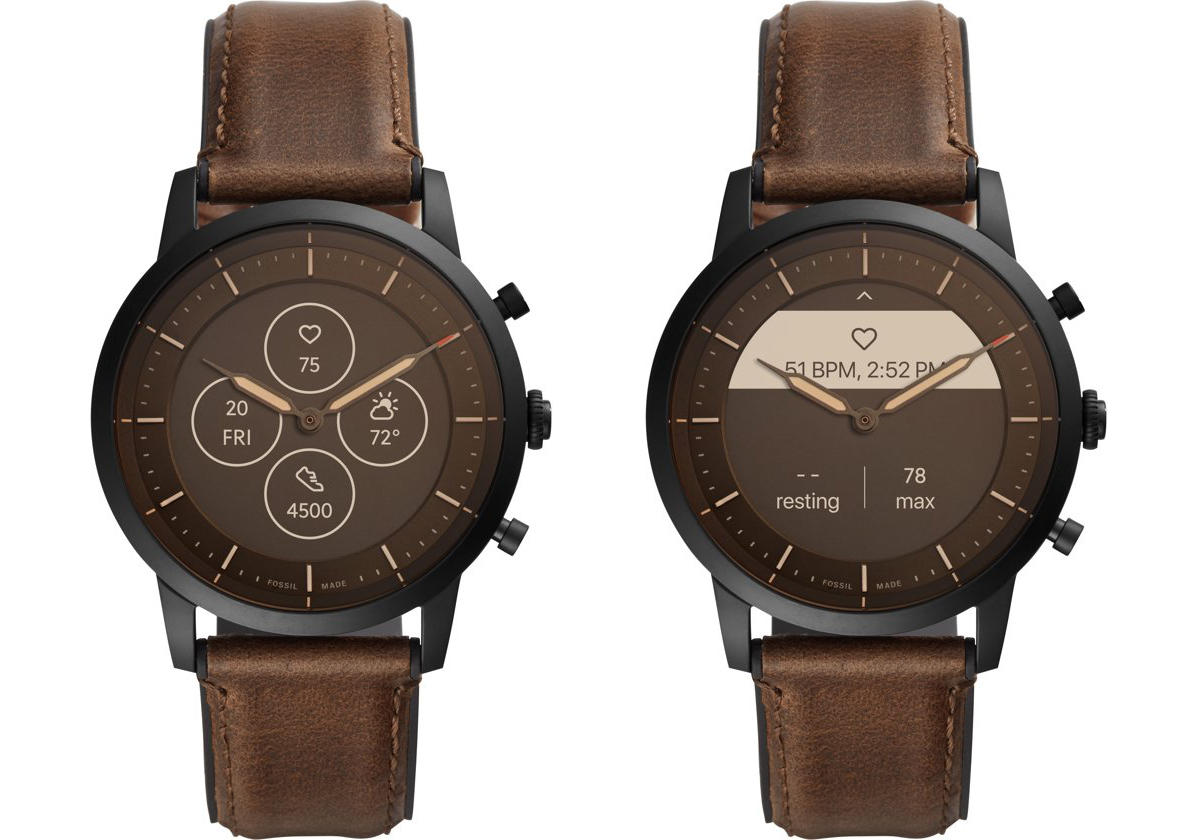 BOL.com
BOL.com When you put all these pieces together — the Soli radar stuff, the pivot back toward a focus on Assistant and predictive intelligence as the software's core, and the Fossil-born system for improving both a watch's appearance and its stamina — well, it sure seems like we're staring at the ingredients for a standout smartwatch that pushes the form forward in some new and potentially compelling ways.
Now let's see how — and when — it all comes together.
Sign up for my weekly newsletter to get more practical tips, personal recommendations, and plain-English perspective on the news that matters.

[Android Intelligence videos at Computerworld]






